For guitar players, the blues is arguably one of the most important genres to discover.
Over the years, I’ve gone through countless instructional books and guitar videos, and I’ve noticed that a huge number of them reference the blues in some way.
This time, I want to share my own journey with the blues and specifically speak to guitarists who are interested in it, but feel that traditional or “hardcore” blues can be a little tough to get into. As someone who’s a huge fan of Japanese rock (邦ロック), I want to show how that love eventually led me deep into the world of blues guitar.
Since I started listening to and playing the blues, I truly feel that my guitar skills have improved. I learned how to make my phrases sing, how to express myself through soulful vibrato and bends that really hit at your emotions. These are all lessons I picked up from blues, and they’ve had a huge impact on my playing.
I hope that anyone reading this will feel inspired to explore the blues guitar and discover how it can expand your own musical expression. Use my story as a guide, but more importantly, find your own way into the blues.
Now, no matter what kind of guitarist you are, chances are you’ve had that moment when a guitarist you admire suddenly plays a bluesy phrase that just hits you right in the heart.
Take, for example, the intro to Kazuyoshi Saito’s “Zutto Suki Datta” (I’ve Always Loved You). It’s a clear case. You hear that soulful sound and can’t help but wonder: How can I make my guitar sing like that?
As you try to figure it out—maybe by ear or diving into music theory—you’ll likely run into familiar terms like minor pentatonic, major pentatonic, blue notes, or the classic 12-bar blues progression.
And yes, understanding these concepts is definitely important—but just knowing them won’t magically allow you to play truly alive and expressive blues.
Eventually, after enough practice, many players (myself included) start thinking, “Maybe I won’t really understand this unless I listen to the original blues masters.” So, with that in mind, I took the plunge and properly took the time to listen to legends like Robert Johnson, B.B. King, and Buddy Guy.
But to be honest? It didn’t click. I can’t tell what was so cool about it. It felt... boring. Dull. Tsumanne (SAKANAMON, anyone?).
For someone like me who grew up listening to BUMP OF CHICKEN and ELLEGARDEN, traditional blues felt way too exotic. Honestly, it was a culture shock. (Looking back now, I realize that a lot of the J-Rock I loved actually had blues elements sprinkled in—but back then, with no frame of reference, I just didn’t recognize them. And that still frustrates me.)
So naturally, I didn’t end up getting into blues at the time. I never learned how to really play it either. Instead, I just kept ear-copying J-Rock songs, day after day. My guitar of choice? A Les Paul Special. Pickup selector in the center. Half-step down tuning. I’d hammer away at Dadd9 slash chords, tear through solos and riffs using minor pentatonic scales and octaves in that classic J-Rock style.
And then came a game-changer.
That band was Suspended 4th.
Naturally (?), I discovered them through Stratocaster Seaside. Then it hit me like a lightning bolt. The rhythm section was ridiculously technical (listen closely—even the backing guitar is insane), the lead guitar was straight-up Abe Futoshi vibes, and the overall performance and visual presence? Pure chaotic brilliance, in the best way.
It was like each member’s personality was colliding full-force—and somehow that clash made something perfect. It completely opened my ears and mind to new musical possibilities.
Here’s a quick look at some of the gear used by the members of Suspended 4th:
Kazuki Washiyama (Guitar/Vocals)
BOSS BD-2 Blues Driver Overdrive
Seiya Sawada (Lead Guitar)
Hiromu Fukuda (Bass)
Suspended 4th is known for using a wide variety of gear, and they frequently switch out the contents of their pedalboards. Among them, the BD-2 Blues Driver and the StroboStomp HD stand out as emblematic of the band's sound.
As I continued to cover their various songs, I came across one that left a deep impression on me.
It was a track called "Rainy, rainbow later". This song appears to be inspired by John Mayer’s “good love is on the way”. In a live video of Suspended 4th on YouTube, you can even hear drummer Dennis singing Mayer’s melody during the A section of the song.
At the time, I didn’t know who John Mayer was. I remember wondering, “Why is Dennis singing during the A melody?” Curious, I checked the YouTube comments and that’s where I first came across Mayer’s name, which eventually led me to his iconic track “good love is on the way”.
The impact from John Mayer was also incredible. His phrases, which convey a sexy breath, the gain control, rhythm guitar that expresses chords and rhythm so well — isn’t his guitar tone just amazing? His singing is great, his face is handsome, the songs are good... It’s honestly mind-blowing.
One of his representative works is probably the live recording “Where the Light Is.” His blues guitar in that live performance blew my mind. My favorite is “every day i have the blues”. This song, famous for being performed by various guitarists including BB King, is something I first heard through John’s version. As I started listening to more of his recordings and covering his songs, I began wondering, “What does someone need to listen to in order to play guitar like this?” and I started looking into more about him.
Speaking of the legendary guitarist who influenced John, it has to be Stevie Ray Vaughan. I became obsessed with the thick blues sound that came from his Stratocaster. His tone was so fat and fast. Yet, he also touched on a wide range of music, from ballads like “Lenny” to even jazz-influenced pieces. Everything about him was extraordinary. One of my favorites is "Tin Pan Alley". There’s a long section of pure instrumental playing, but there’s no break in the context of the performance. Everything connects musically in a smooth, seamless way, almost like reading a beautifully crafted novel. And through that, I got to experience his incredible sense of timing.
Once I got to Stevie Ray Vaughan, I was able to actively listen to a variety of blues music from different players and styles, such as Jimi Hendrix, Johnny Winter, BB King, Albert King, Otis Rush, Gary Moore, Joe Bonamassa, Kingfish, Josh Smith, and many others, as well as the music that emerged from it.
Now, blues has become one of my favorite music genres. It feels so good to have new music building up inside of me. I believe that today’s great musicians repeatedly go through such experiences and continuously take in new input, which enables them to put out music that sounds fresh. The idea that music, which could be called a classic in the history of guitar blues, opens the door to our new senses is something I can't help but find romantic.
Lastly, for those of you who feel like playing the blues, I would like to recommend some gear.
The J ROCKETT AUDIO DESIGNS Blue Note overdrive pedal is a great choice.
J. ROCKETT AUDIO DESIGNS / Blue Note Over Drive
As the name “Blue Note” suggests, this is an overdrive pedal that makes you want to play traditional blues and jazz. The amount of distortion isn’t very high. When all the knobs are set to the middle, it hardly distorts at all. I tend to use this pedal not as something I switch on and off during a performance, but rather as a pedal I leave on, using it to elevate my main clean tone to the next level. When it comes to leaving pedals on to create clean or crunchy tones, common choices are the Xotic EP Booster, RC Booster, or the Vemuram JanRay. The difference with the Blue Note compared to these pedals is the richness of the low-end.
In my personal opinion, many overdrive pedals focus on adjusting the mid to treble range. When I want to access the low-end, I usually adjust the amp’s knobs rather than the pedal. At times like these, instead of raising the bass knob on the amp, I find it easier to get the desired low-end by increasing the volume or gain. However, the sound you create this way can easily become quite loud. In simple ensembles, you can control the volume, but when vocals are present, you really have to be careful with your guitar’s volume knob and the touch of your hand picking. Honestly, it becomes difficult to play (although I completely understand the opinion that learning to control that is part of why we practice the guitar).
This is where this pedal really shines. It allows you to get a solid low-end even at low volumes with an amp. Also, the way the low-end comes through is very amp-like. You can easily create a saturated, record-like clean tone at low volumes. Apparently, even John Scofield uses this pedal. On the other hand, this pedal might not be suited for those looking to achieve a more modern sound.
However, there’s something I often think about: I believe that new tones can expand one’s musicality. For example, could Jimi Hendrix have created his unique sound without the Fuzz Face? Could Van Halen’s style have emerged without the distorted Marshall tone? Of course, their music was shaped significantly by their own effort and ideas, but I think the influence of new tones in their work was immense.
In that sense, I recommend this pedal to guitarists who haven’t yet experienced the subtle nuances of a Blue Note tone. At first, you might be puzzled by the sound of this pedal. But please, take a moment to calm down and think, “What kind of phrases would suit this tone?” If you continue playing guitar with that mindset, eventually you’ll arrive at the music of BB King, Wes Montgomery, and others. When you’ve reached the depths of your soul by their music, you’ll realize the true depth of the guitar as an instrument.
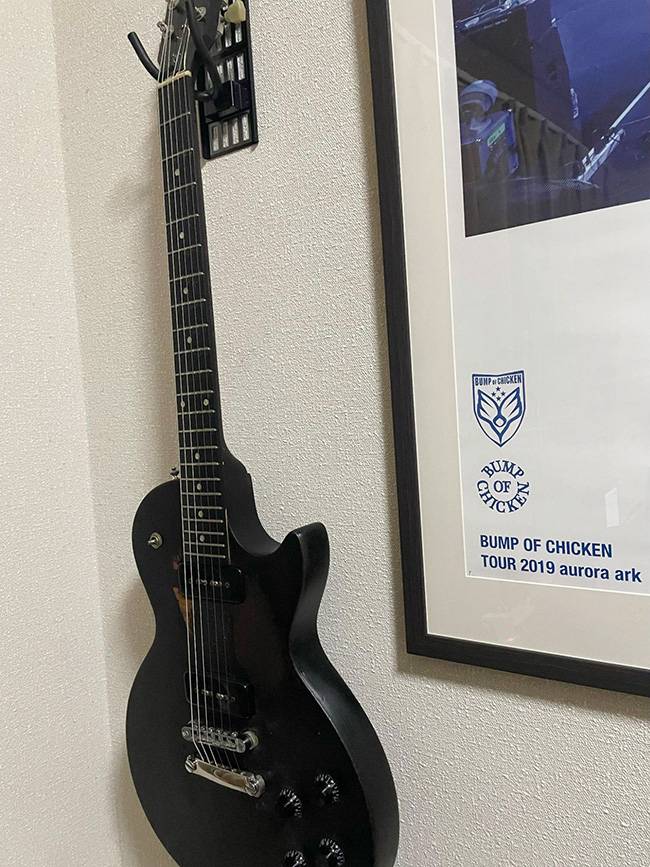
The “sound & person” column is made up of contributions from you.
For details about contributing, click here.





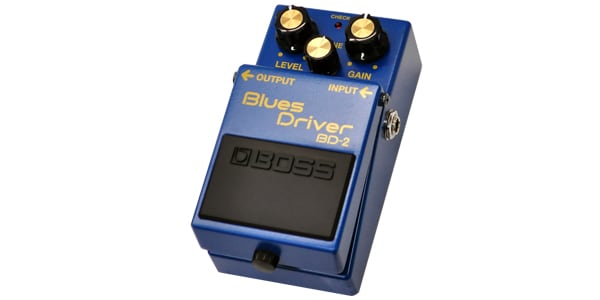
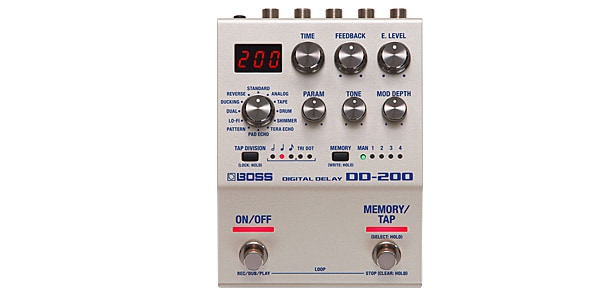
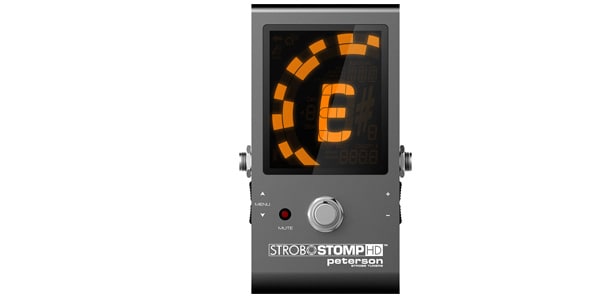
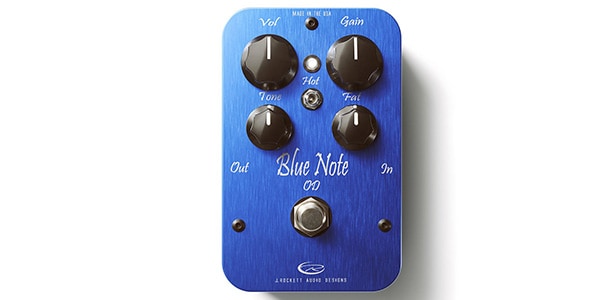










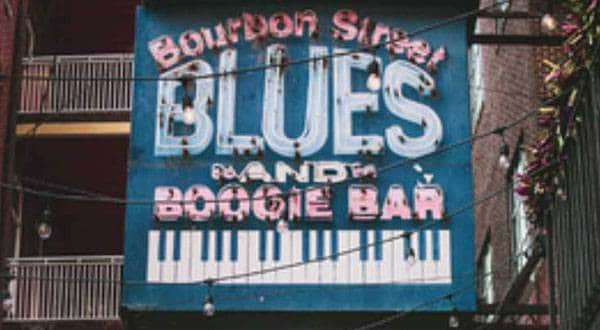
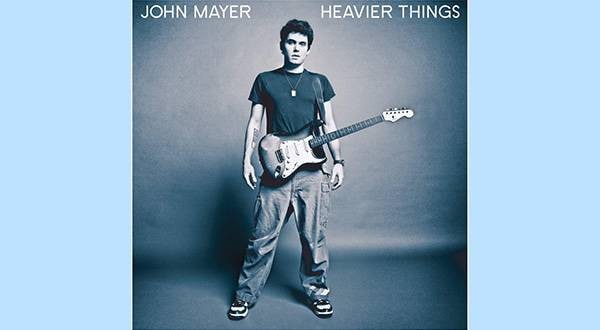
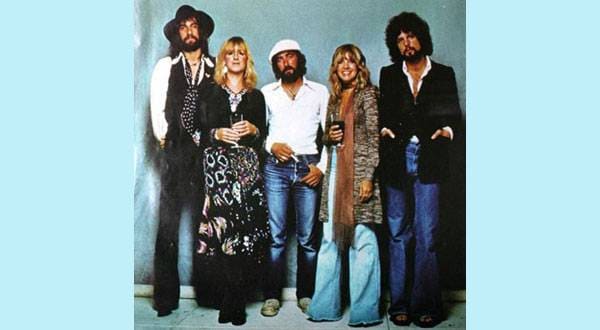

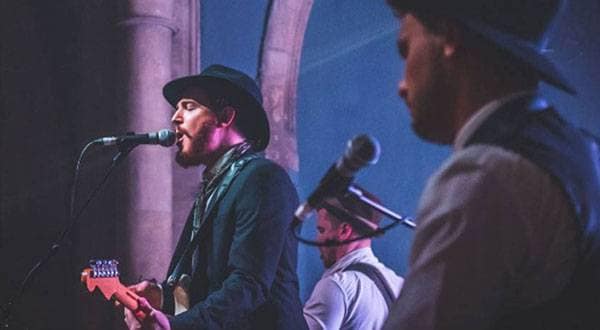
![Guitar Hero Posture Analysis-Jimi Hendrix- [Things guitarists should know about their body]](/contents/uploads/thumbs/5/2019/8/20190827_5_7358_1.jpg)
 超オススメのフレーズ道場 ギター
超オススメのフレーズ道場 ギター
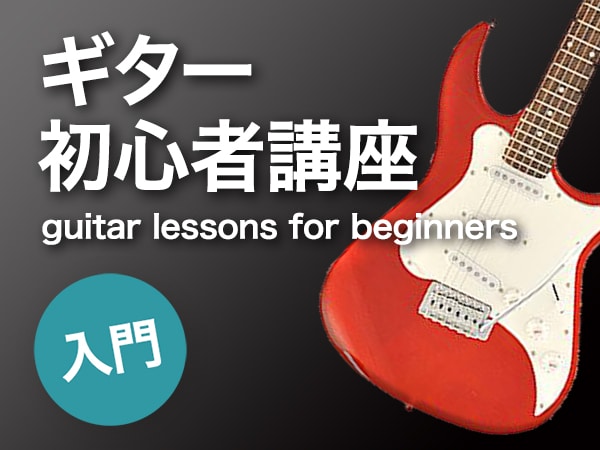 ギター 初心者講座
ギター 初心者講座
 ギターの種類
ギターの種類
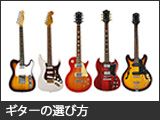 ギターの選び方
ギターの選び方
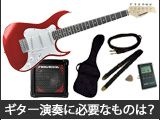 ギター演奏に必要なものは?
ギター演奏に必要なものは?
 ギタースタートガイド
ギタースタートガイド















